
FOCUS AREA
Farms and Agricultural Lands
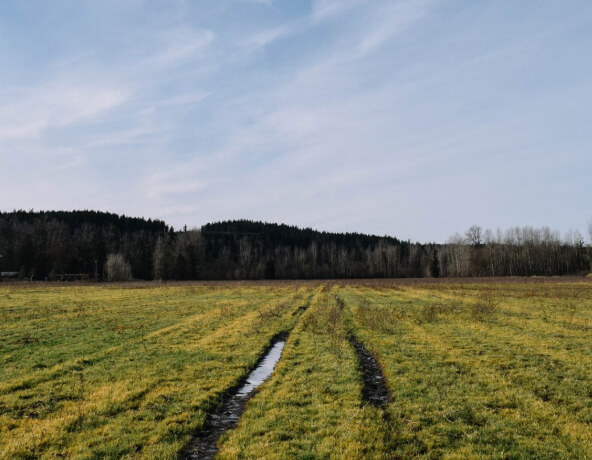
Overview
Rural agricultural land and urban agriculture practices present important opportunities for increasing food security in the watershed, economic development, protection of open spaces, education, and restoration of floodplains and riparian areas. Getting communities to work together is needed to support successful agriculture and continued ecosystem benefits from agricultural lands.
Key Pressures and Risks
Agriculture in the watershed dates to the late 1800s and it has shaped the culture and land, but population increases starting in the 1950s have resulted in the loss of agricultural lands. As of 2019, only around 16,000 acres of active farmland remain in the Puyallup Watershed.

Growth and Development
Population growth and conversion of land from natural cover to commercial and industrial areas.
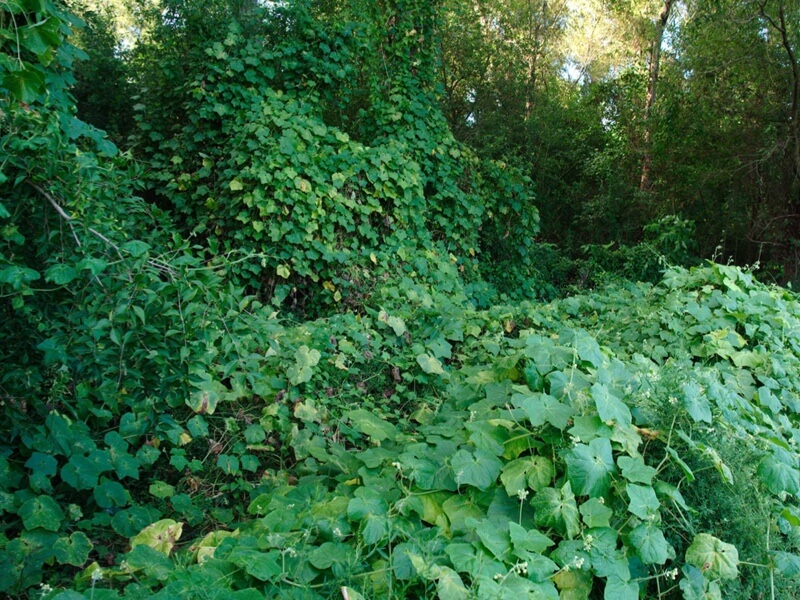
Invasive Species and Weeds
Invasive species and weeds negatively impact crops and can affect farm businesses.

Transportation
New roads often cut across agricultural areas, converting fields and leading to more development.
Climate Change
A literature review of agricultural resilience was conducted for the Floodplains for the Future effort. The review identified recommended adaptive actions.
Categories of adaptive actions for farmland
- Water use
- Research
- Hydrology
- Economics
- Soil
- Organizational
- Energy
- Education and Outreach
- Crops
- Pests, diseases, and invasive species
- Livestock
- Forecasting and Planning
Farms and Agricultural Land Goal
The overall goal for farms and agricultural land is to maintain and expand vibrant, viable agricultural areas and protect soil health to ensure healthy food for people and for open space benefits.
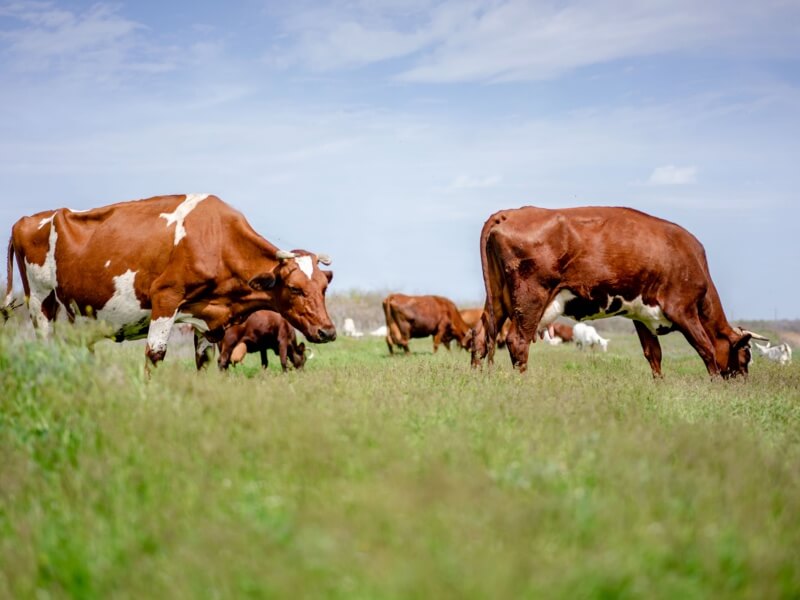
Strategic Conservation Partnership
The Strategic Conservation Partnership is a collaborative group working in coordination on land conservation projects with a focus on farmland conservation.
Puyallup River Watershed Assessment
The Watershed Assessment provides the historical context of the Puyallup Watershed, including an overview of agricultural lands. It emphasizes that sustainable agriculture and a thriving agriculture industry are vital to the health of the watershed.
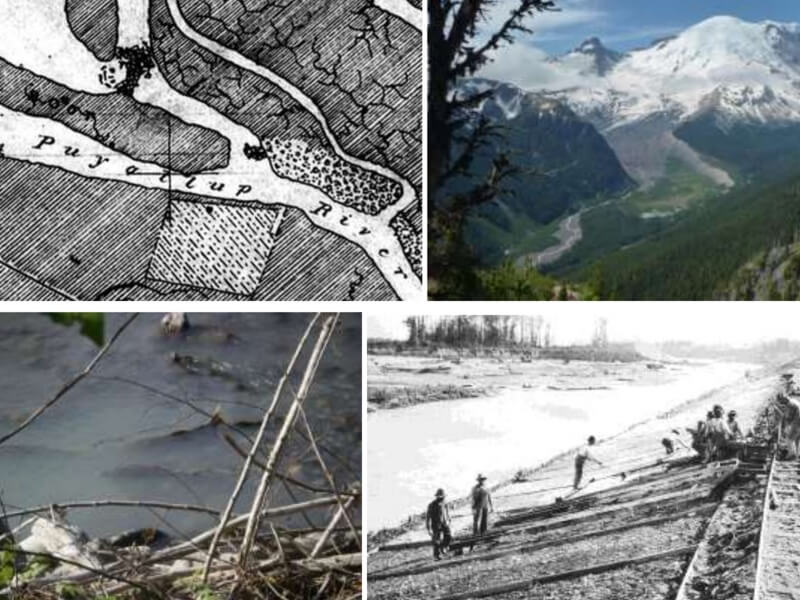
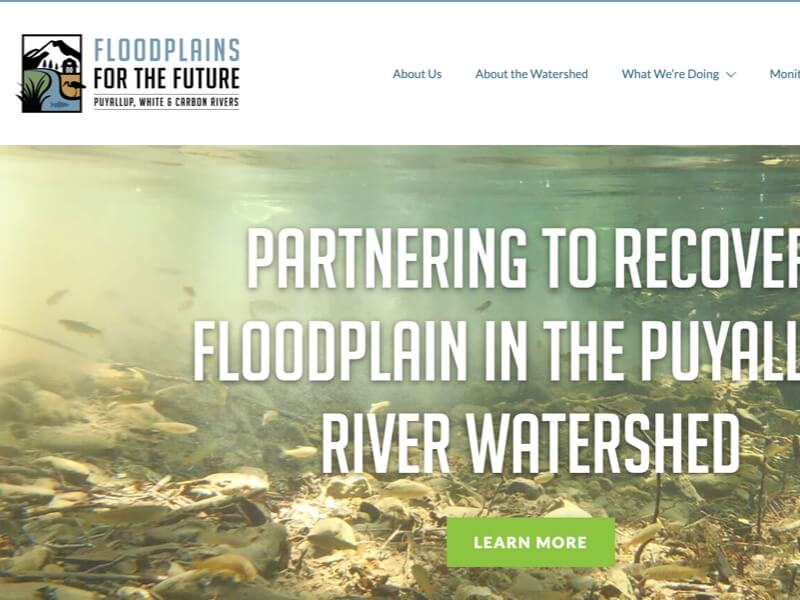
Floodplains for the Future
Floodplains for the Future is a collaborative multi-benefit floodplain management program that includes goals for farmland conservation and the viability of agricultural businesses.
Equity
According to the 2016 Mind the Meal Gap report, 14% of people in Pierce County experience food insecurity. Food insecurity can have detrimental and lasting effects for all of those that it impacts, making it necessary for us to pay close attention to these numbers and work to eliminate food insecurity.
Key Points
- The PWR LIO prioritizes direct action to assist in reducing the impact of food scarcity
- Ensuring a thriving local agricultural industry can help address food scarcity by providing local food sources
- The Just & Healthy Food System Community of Interest is working to undo institutional racism, increase equity, and promote strong communities in the Puyallup Watershed
Farmland Successes in the Watershed
Individual farmers in the watershed have had great success with on-farm improvement projects, both working alone and with partners. There are also many successful programs supporting agriculture in the watershed.
Bright Ide Acres Gutter Installation
Bright Ide Acres, which offers ethically raised meat, complete a gutter installation project that will allow for adoption of best management practices on the farm.
Pierce County Fresh
Pierce County Fresh is a collaborative effort to increase the sales and consumption of local Pierce County agricultural products.
Farm Foundations Training
The Pierce Conservation District provides free training to the next generation of farmers and recently added an incubator space for new growers.
Priority Actions for Farms and Agricultural Lands
The PWR LIO is prioritizing support for projects identified by the Agriculture community of Interest and other local experts on agricultural land management. Some top priorities include:
- Increasing use of Transfer of Develop Rights to help keep agricultural lands in agriculture
- Increasing incentives to encourage the protection of farm land, farmers, and agricultural industry in Pierce County
- Improving the way that agricultural lands are designated in Pierce County zoning
- Supporting farmers in improving the energy efficiency of farm operations